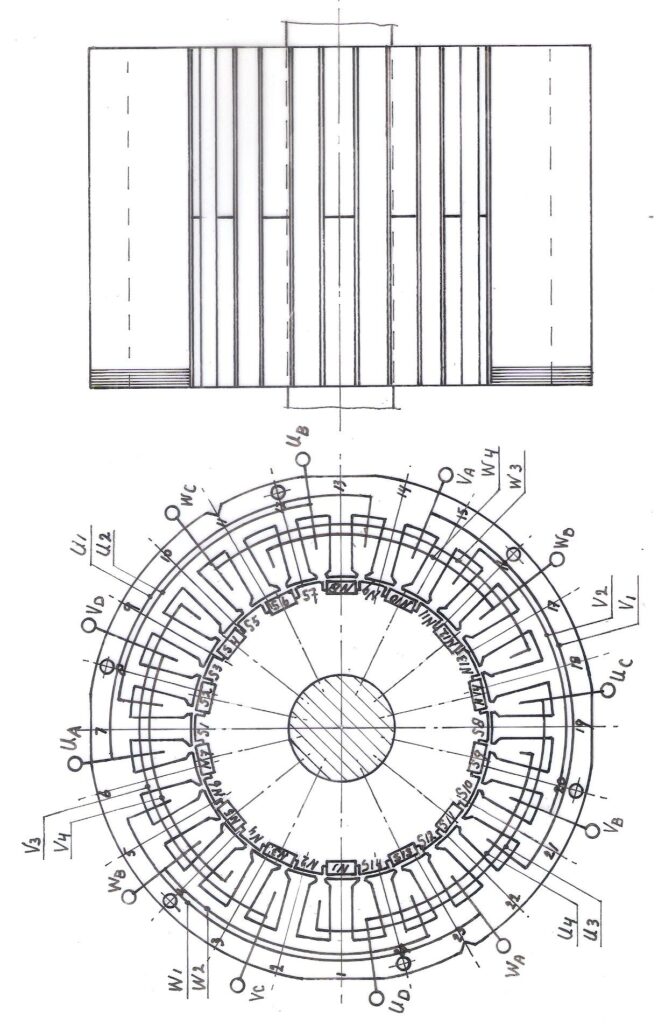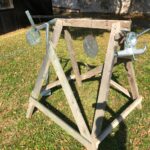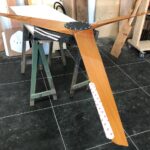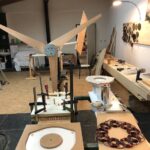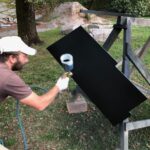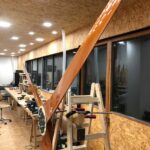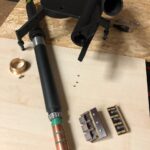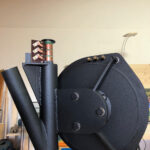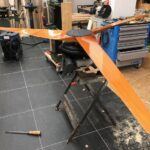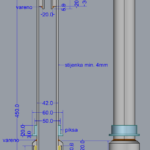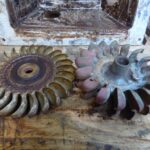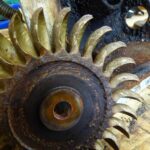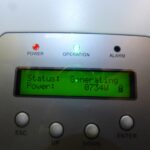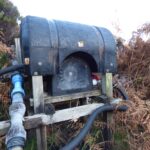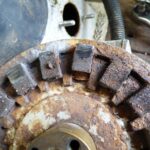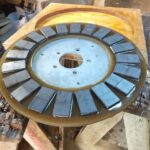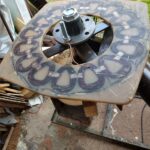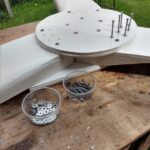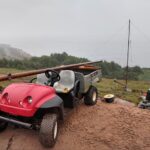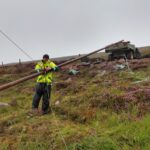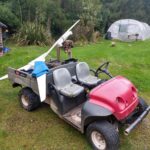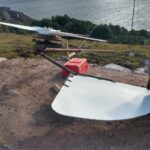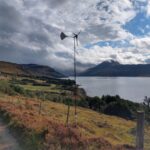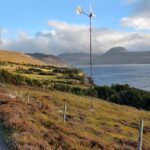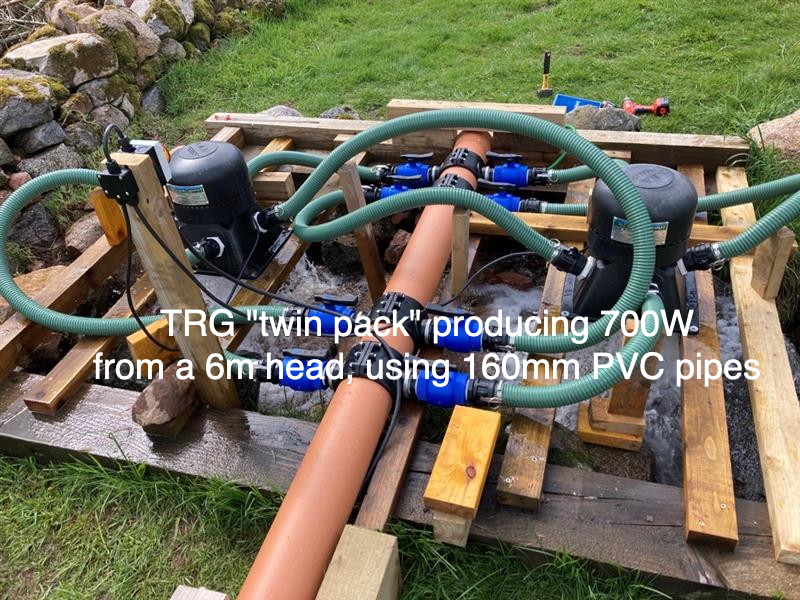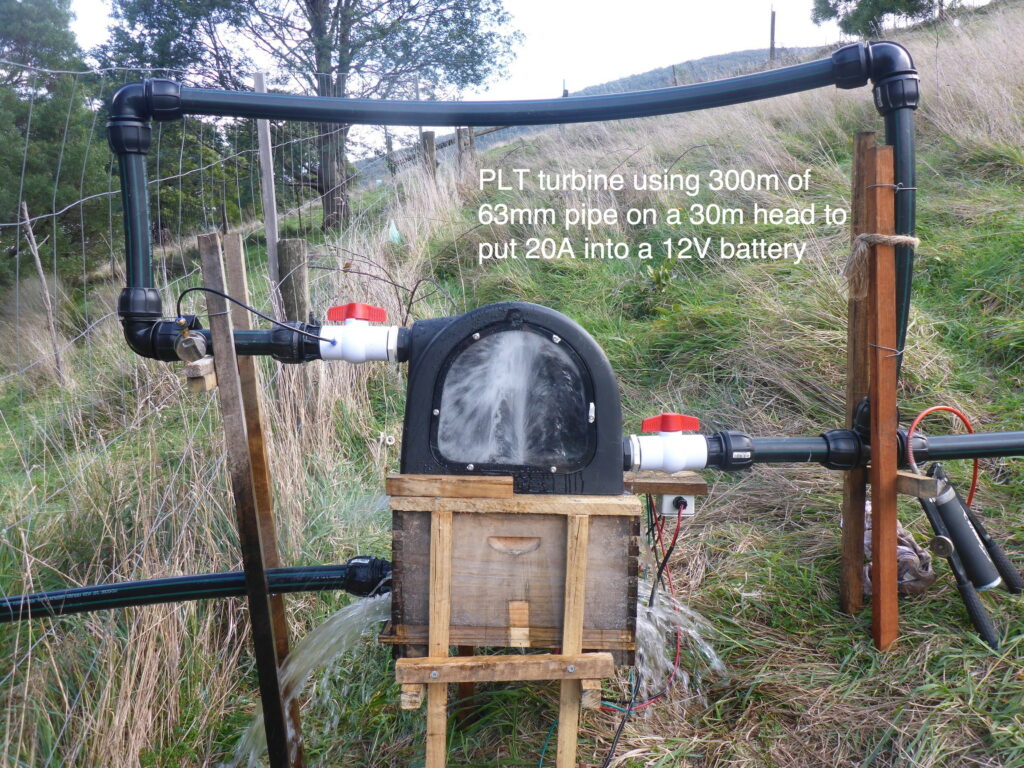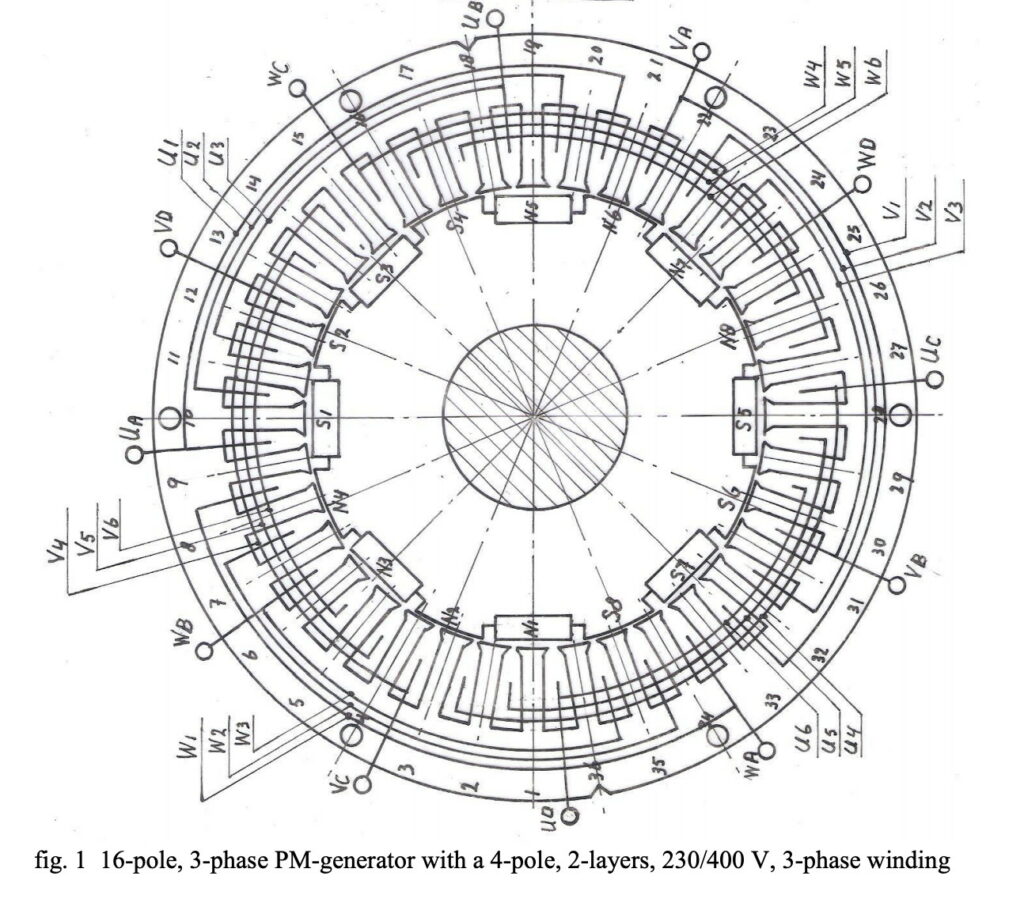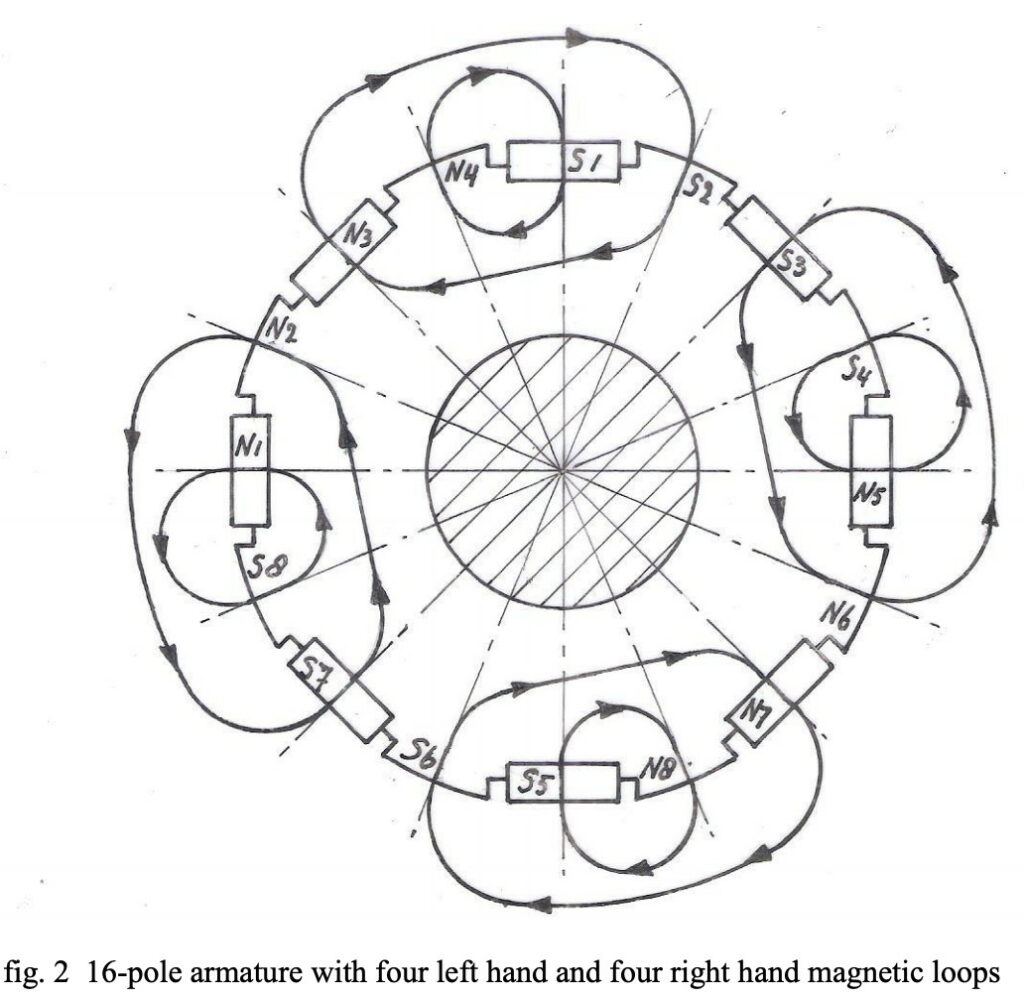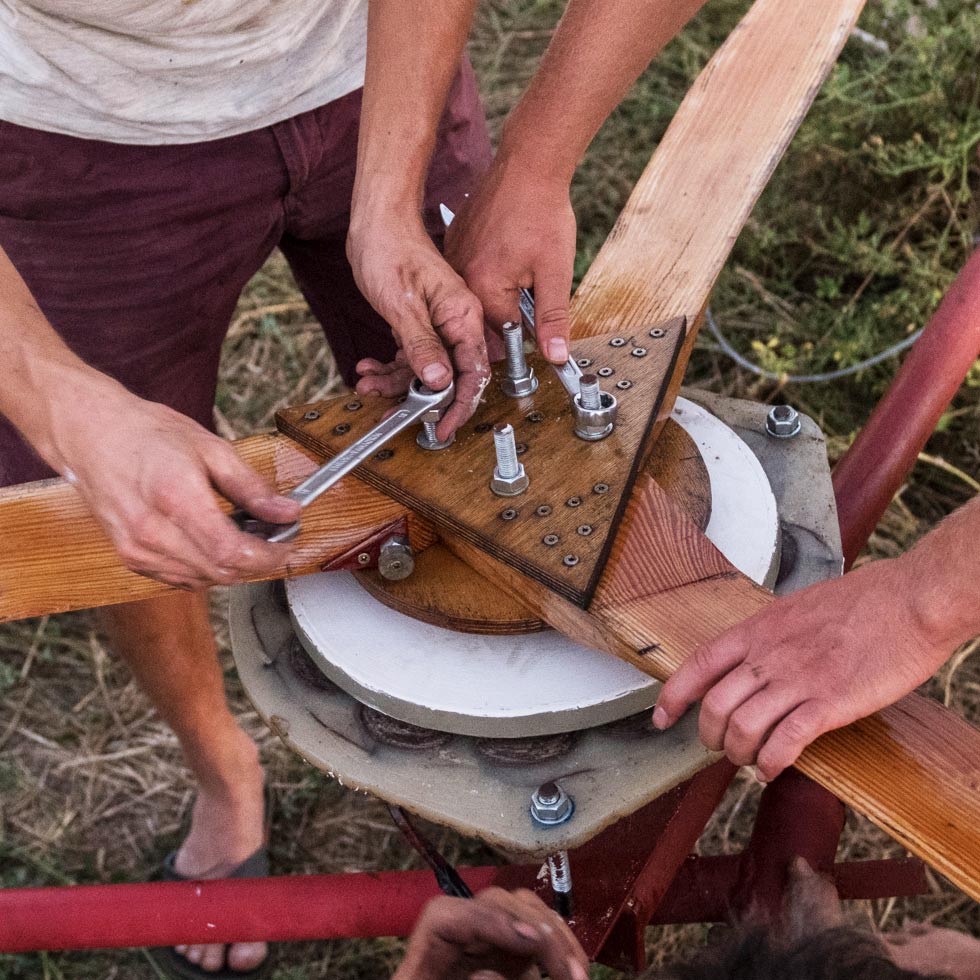In 2108 I reported a turbine build in Croatia by Ivan. It’s based on my ideas but Ivan added some engineering refinements. He just wrote to report that it is still going strong without problems.
That turbine works perfectly, for the third year in a row. And as I report to you in the mountains where it works there are really extreme conditions.
Cold, snow, ice, rain, hail, extreme turbulent wind, I don’t think it can get any worse.
But, no problems at all! It is just working.
After almost 20 months of constant operation we put it down this spring, because we just wanted to check everything and make regular maintenance.
There was little damage just on the blades leading edge, actually in the beginning I stick too short 3M protective tapes (just 30 cm) and now I repainted everything with 3 more layers of the amazing Veneziani Wood Gloss PU protective paint (use to be used for yachts) and sticked twice longer tapes.
Overall, the blades were in very very good shape, you can see it on the attached photo taken before I start reparation. The blades were made from larchwood.
The only other thing we had to change was the bronze bearing ring (blue in the drawing / bronze in the photo) on the bottom of the head because it was quite worn out. Now we’ve made it out of Teflon, and we’ll see how it behaves.
Also, the electrical system and control with your Tristar follower works really great, stable, reliable!
Again, thank you very much for all your help, and support for this amazing project.

